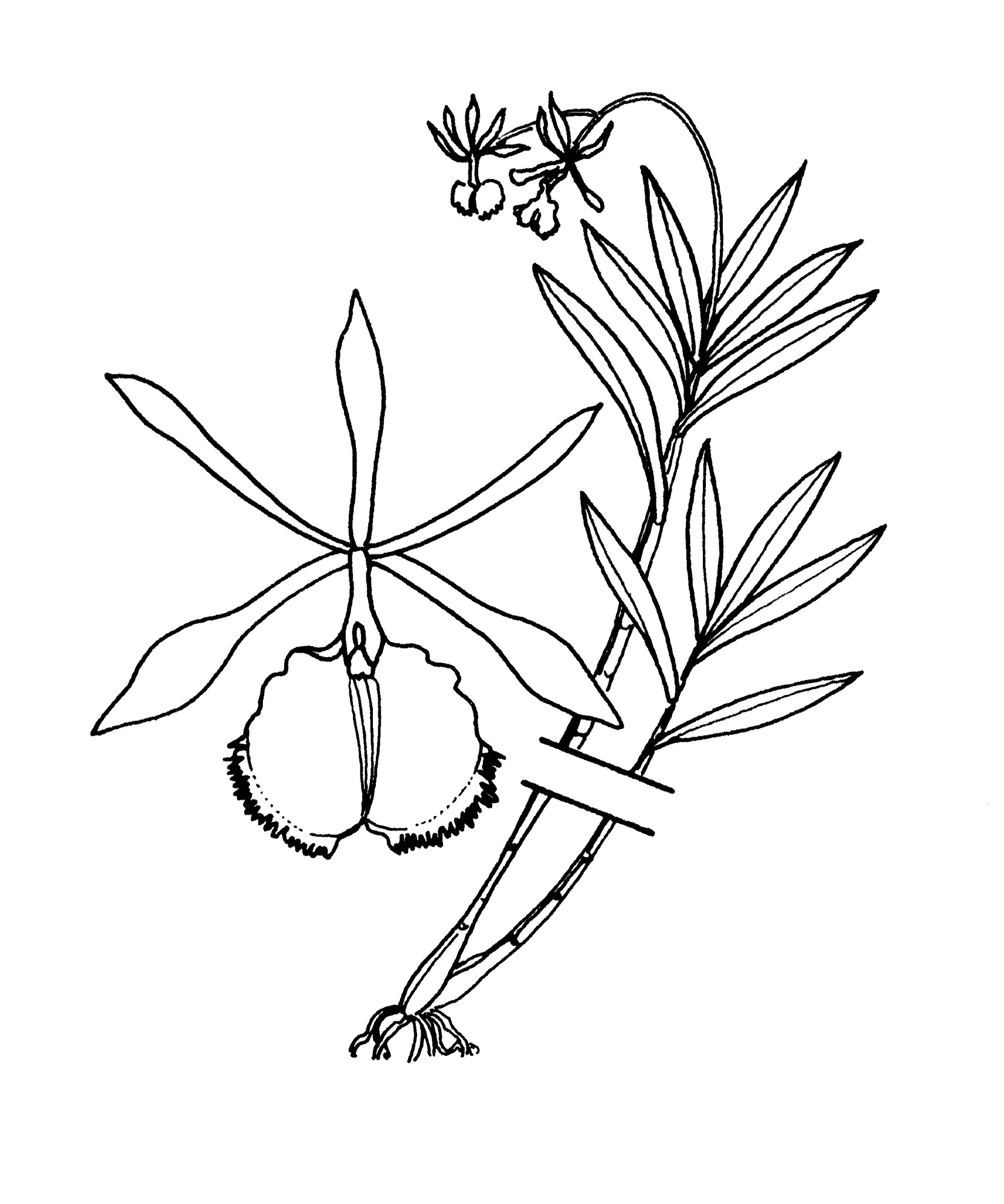
Greek epi – upon; dendros – tree; an allusion to the epiphytic habit of most species.
Epiphytic, epilithic or terrestrial herbs, sympodial, often with creeping rhizomes. Stems cane-like or thickened into long slender pseudobulbs, simple or branched. Leaves along stems or apical, 1-many, cylindrical or flattened, fleshy to leathery, sheathing at base, stalkless. Inflorescences terminal (rarely lateral) racemes, panicles or umbels, erect or pendent. Flowers sometimes resupinate, 1-many, small to large, variously coloured. Sepals and petals similar, free, spreading or curved backwards. Labellum 3-lobed, joined to column, base often enclosing column. Column short or long, stout or slender, sometimes winged. Pollinia 4, compressed, waxy.
About 700 species from N, C and S America and the West Indies.
Borringer (1991).
Source: (2005). Orchidaceae. In: . Horticultural Flora of South-eastern Australia. Volume 5. Flowering plants. Monocotyledons. The identification of garden and cultivated plants. University of New South Wales Press.
